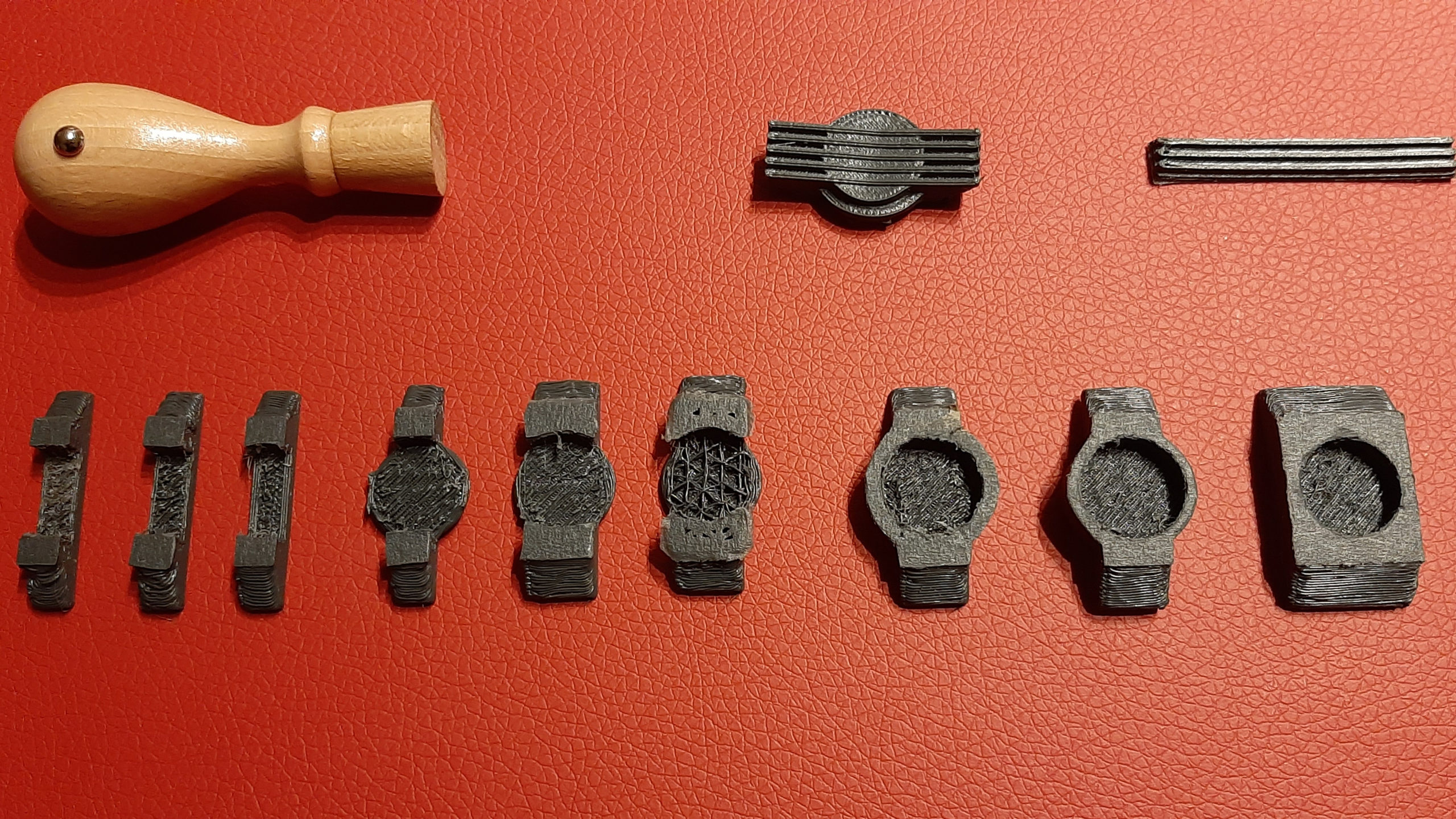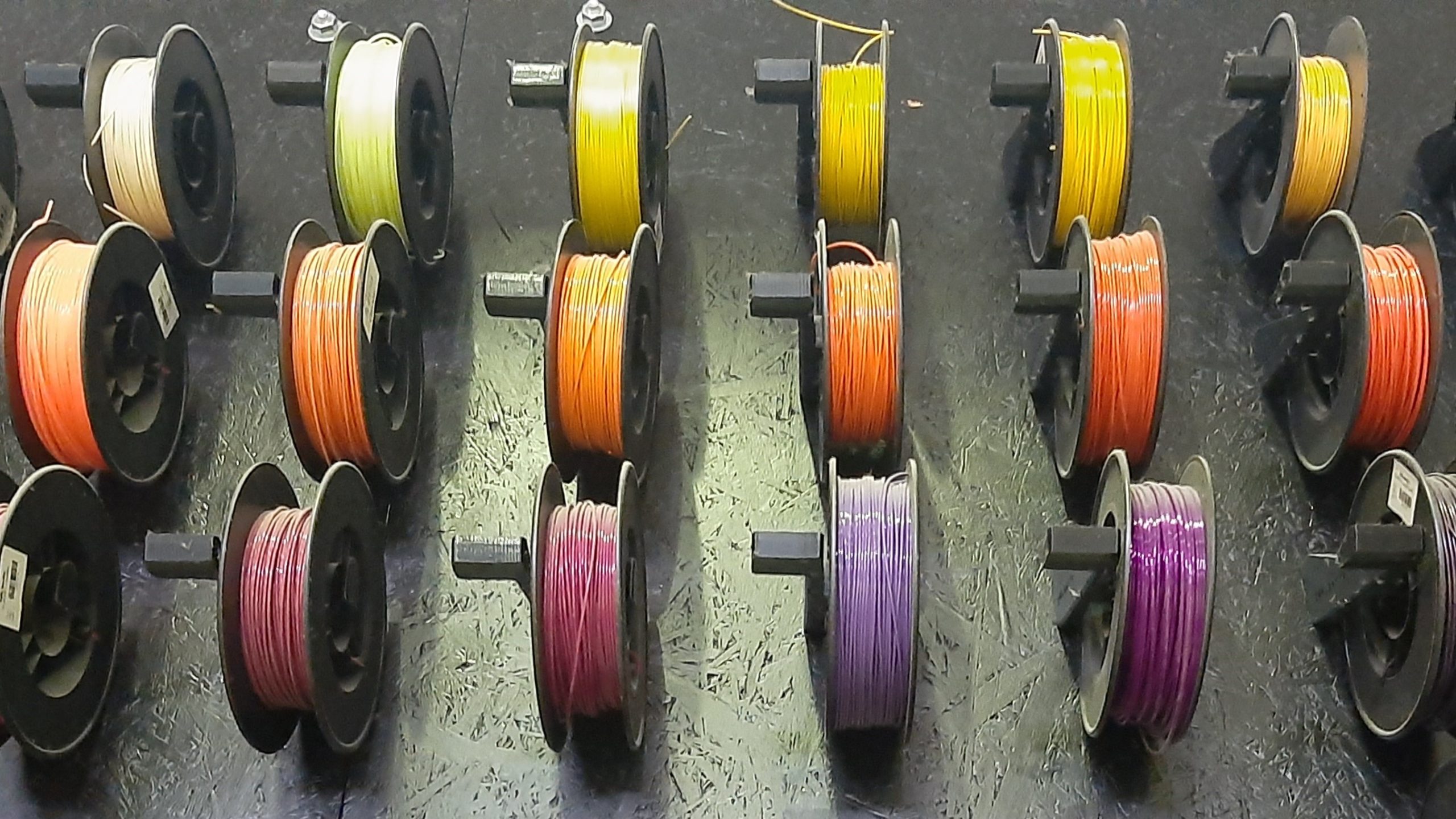3d-Printing (I). Digital Manufacturing and Prototyping
3D printers are the most famous tools for innovative manufacturing. They are game-changer and very ingenious technology. But maybe there are many expectations around them. This idea for the future, that “everyone will have a 3D printer at home”, was extremely ambitious, and probably it doesn’t make sense at all. We don’t need it to happen. But not being a reality in the domestic market, they are a standard in the industry. From makers, designers, or architects as early users to dentists today, they are common tools in many industries.
A typical problem with the 3D printers is the size. The usual printers are relatively small, around 30x20x20cm, and sometimes that’s not enough. In MotionLab we have access to different big machines, but I never used these. The working principles are the same that in the small ones. Of course, with big pieces, the problems with speed are more important. I had no problems with the size issue because I was focused on producing small pieces and replacements. My problems are more related to precision and detailed endings.

FDM 3D printers Filament printers:
The partners using filament are a standard. There are many different models and brands with different characteristics in the market, such as precision, size, layer’s height, and the materials being used.
For me, they were not something new, but I made a couple of interesting discoveries:
- they are more precise than I expected, and the final quality is enough for many applications. The size of the extruder is 0.2-0.4mmm in diameter, and with this, the quality is acceptable.
- the speed is a problem, a big one. To build something requires much time, even though the movement of the machine is quite fast. It’s only possible to create something in a short time if they are small pieces (mm-size). A box of 12x8x5cm could need 5-7 hours to be completed. It’s normal, the extruder is extremely thin, and a piece of only a few grams requires a certain amount of time. But I was quite frustrated when I could create just one to two pieces per day.
Anyway, it’s incredible to create something from absolutely scratch. And it’s the perfect method to test the functionality, size and design of pieces and products.
There is another world with the slicer programs. There is some generic software, plugins for Windows and design software, but frequently we use the proprietary software from the machine’s manufacturer. There is an easy mode, where you can’t control hardly anything and a professional one where you could find around 100 parameters. For me, it’s still today difficult to know why do I have mistakes, and which one of the parameters could solve it, or what to change to achieve a different result.
The main problem with the machines I used (Craftbot)), is that they aren’t reliable. Usually is a problem with the adherence of the first layer and the plate. This is a very old and well-known problem with different solutions like hairspray or tape. Still, it is creating many inconveniences: you cannot leave the printer unattended at the beginning. And other mistakes could appear later. But because of the long duration of the printing process, you cannot be there all the time or check it every 5min. I have better references about Prusa, but I have never used one of them.
There are also some design limits. “Bridges” are, in principle, not possible, but there are some design technics to avoid this problem, mainly the construction of a support structure: a scaffolding. So, in the end, it represents not a total limitation. Some printers allow you to use a supporting material that is easy to remove, and more often, it’s done with a second extruder, making the process easy.
It’s possible, in these filament machines, to use an extensive offer of materials. The most frequent ones are PLC and ABS, with many available colours and endings, like silver or gold, to choose from. I found one particularly interesting, named “Willow-flex”, that it’s quite flexible. It’s not as elastic and soft as rubber but flexible enough to create a case inside a box, avoiding scratches to the objects inside it.
The price of the filament is around 20-30€/kilo, to 40 or 80€ for the special ones. For the machines, you can find small ones from around 100€, but not very reliable, something for not industrial use, but more professional is around 700-1000€.

More posts from this series:
Version DE


